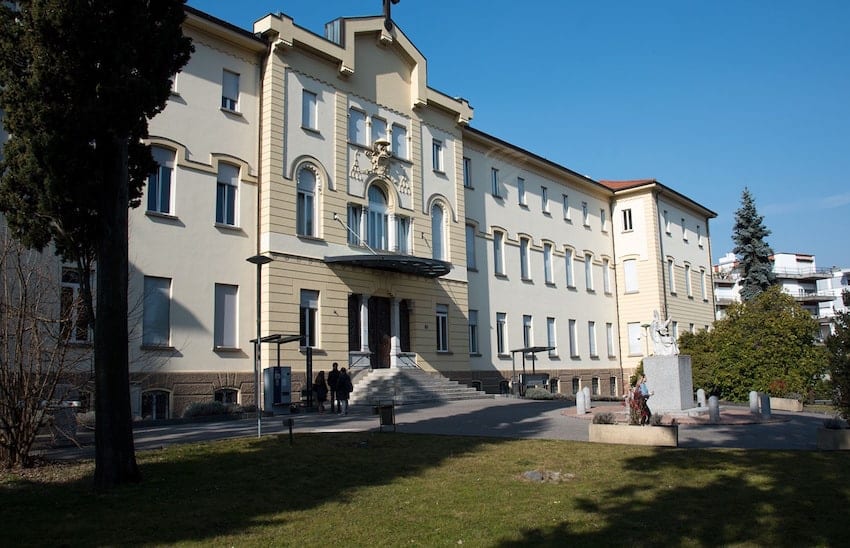by A. Altieri D’Angelo
No, the cost is too high.
The U.S. has employed a protectionist policy throughout its history. It imposed tariffs on various foreign-made goods and protected its young industries. From 1831 to 1933, the country had one of the world’s highest average tariffs on manufactured goods. The U.S. moved away from protectionism, and after 1942, it began to promote worldwide free trade, but the country reverted to imposing tariffs once Donald Trump became president.
Although the overall economy benefitted greatly from reduced tariffs (and free trade deals), the loss of jobs in the U.S. created a political firestorm. Studies have shown that the U.S. lost 2.4 million jobs to outsourcing of production from 1999 to 2011. Trump was elected because voters in the Battleground States (states that could swing the presidential elections) were furious about the damage done to their communities by job losses. As a result, by 2024, imposing tariffs on foreign goods, particularly Chinese goods, became good politics.
For the first time in its history, the country is facing a country that poses an economic and national security threat: China. During the Cold War, the Soviet Union sought to displace the U.S. as the leader of the free world, but it was only a military threat. On the other hand, after WWll, Japan was never a military adversary; instead, it challenged the U.S. economically in the 80s. China is a double threat. It is attempting to compete economically and militarily with the U.S. It is also using its combined powers to minimize U.S. global influence, particularly in Asia. Joe Biden, however, has decided to use tariffs as part of his plan to protect the U.S. from all Chinese threats.
Tariffs are a tax on the ultimate consumer. Tariffs increase inflation, allow inefficient companies to charge more, stifle an economy’s growth rate and innovation. Tariffs on a standalone basis are not cost-effective or security-enhancing. Imposing tariffs on imported goods also causes other countries to retaliate with taxes on U.S.-made goods. (Former President Trump has called for a 10% across the board tariff and 60% on Chinese goods. A recent study by the Peterson Institute for International Economics finds that Trump’s proposed tariff plan would cost the average American household around $1,700 a year).
Trump and Biden do not agree on anything except imposing tariffs on China. However, Biden only recently became a tariff supporter. In 2019, presidential candidate Biden criticized President Donald Trump’s sweeping tariffs on thousands of products and the annual cost to American households.
He stated, “Trump doesn’t get the basics…He thinks his tariffs are being paid by China. Any freshman econ student could tell you that the American people are paying his tariffs. The cashiers at Target see what’s going on – they know more about economics than Trump.” Trump’s tariffs were broad in scope but needed to be more focused. He claimed his tariffs would bring manufacturing jobs back to America. A Harvard, University of Zurich, and World Bank study concluded that Trump’s import taxes failed in their goal to return jobs to the American heartland. The study found that the tariffs “neither raised nor lowered U.S. employment,” where they were supposed to protect jobs. (It is important to note that Biden kept most of the Trump tariffs in place).
Biden’s approach to protecting the U.S. economy is more strategic. He began by working with Congress to pass three legislative acts: the Bipartisan Infrastructure Deal 2021, the Inflation Reduction Act 2022, and the Chips and Science Act 2022. Biden committed the U.S. to spending 1 trillion dollars to support U.S. industries. He aimed to restore U.S. manufacturing capacity, invest in green and semiconductor technology (including Artificial Intelligence), and reduce U.S. dependence on China.
He recently imposed tariffs on Chinese goods to further protect and enhance U.S. capability in critical sectors. The tariffs were on Chinese-made steel and aluminum (25%), semiconductors (50%), solar cells (50%), and electric vehicles (100%). Unlike Trump’s tariffs, Biden’s tariffs affect only $18 billion in Chinese imports.
Biden’s approach of combining focused tariffs with new investments is the best way to protect and grow the economy. It will better protect the U.S. from China’s unfair trade practices and reduce the country’s dependence on Chinese raw materials and products. The U.S. will maintain its competitive edge. Tariffs alone will not achieve the desired result.
Unfortunately, Biden’s tariffs will increase the cost of certain products. Americans are extremely focused on the cost of goods and services. If prices do not decline quickly by election day, imposing limited-scope tariffs could become an election-year issue, and Biden could suffer at the polls.



















